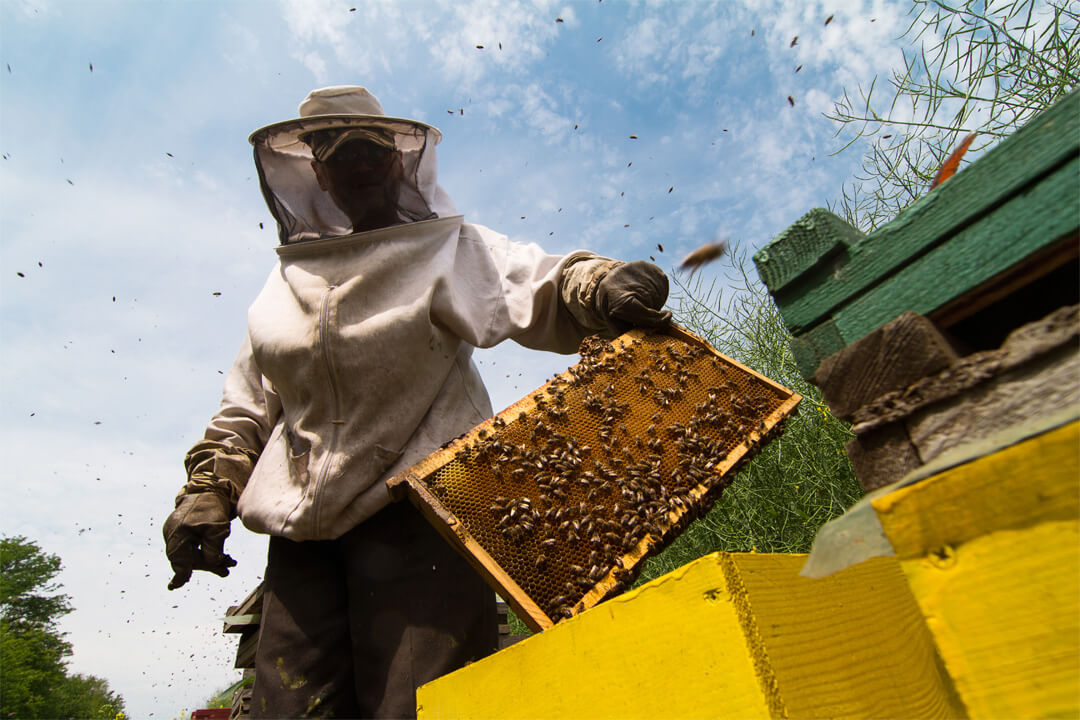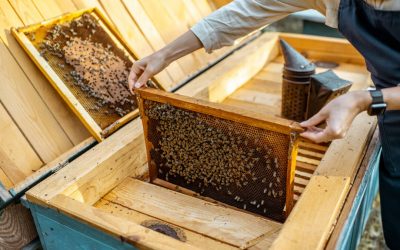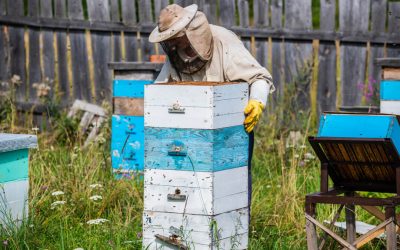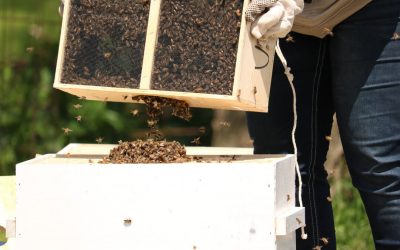Are you interested in beekeeping? It’s a rewarding hobby that can produce delicious honey while helping to pollinate local plants and flowers. But before you start beekeeping, you should know a few things.
In this beginner’s guide, we’ll cover the basics of beekeeping, from finding the right location for your hive to assembling the necessary equipment and installing and managing your hive. By the end, you’ll be ready to start your own bee-friendly backyard oasis!
Is beekeeping really for me?
Beekeeping is a big commitment, and it’s not something you should jump into lightly. Yet, this is a common question that potential beekeepers ask themselves. And it’s a valid one! However, there are many things to consider before taking the plunge.
You should ask yourself important questions like:
Do I have the time to be a beekeeper?
Beekeeping requires regular maintenance and checkups, especially in the early months and years.
Do I have the space for a beehive?
You’ll need to keep your bee colony in a hive, and hives can range in size from small boxes to large walk-in structures.
Am I prepared to deal with bee stings?
Bee stings are inevitable if you’re a beekeeper. However, some people are more sensitive to them than others, so it’s important to know your own reaction before getting started. If you’re highly allergic, beekeeping may not be a hobby for you.
If you’ve decided that beekeeping is right for you, then congratulations! You’re about to embark on a fun and rewarding journey. Keep reading to find out everything you need to know about getting started in beekeeping.
Read more: Is Beekeeping as a Hobby for You?
Get involved with local groups and support networks
Before you even think about buying bees, it’s a good idea to do some research and get involved with the beekeeping community. There are beekeeping clubs and associations all over the world, so there’s sure to be one near you. Getting involved with a group is a great way to learn more about beekeeping and meet other like-minded people.
You can also find lots of helpful information online, on forums, and on social media. First, search for beekeeping groups in your area and see what comes up. Once you’ve found a few groups that look promising, reach out and introduce yourself.
Most beekeepers are happy to chat with beginners and answer any questions you may have. If you’re on the fence about whether beekeeping is right for you, consider renting a hive or joining a beekeepers’ association.
What are honeybees?
Honeybees are flying insects known for their role in pollination and producing honey. Before we get into the nitty-gritty of beekeeping, let’s take a step back and learn a little bit about honeybees. There are several different bee species, but the European honeybee (Apis mellifera) is the most common type kept by beekeepers.
They travel far to forage for food and can range up to five miles from their hive in search of pollen and nectar. Honeybees live in large colonies that can contain up to 60,000 bees. The colony comprises three types of bees, otherwise known as ‘social castes.’ Honeybees have a complex social structure in which each bee has a specific role to play.
Social castes of bees
A social caste means a division of labor within a bee colony. This helps move things along in a hive and ensures that the colony can function properly.
The three types of bees in a honeybee colony are the queen bee, the worker bee, and the drone bee. Each type of bee has a specific role to play in the colony.
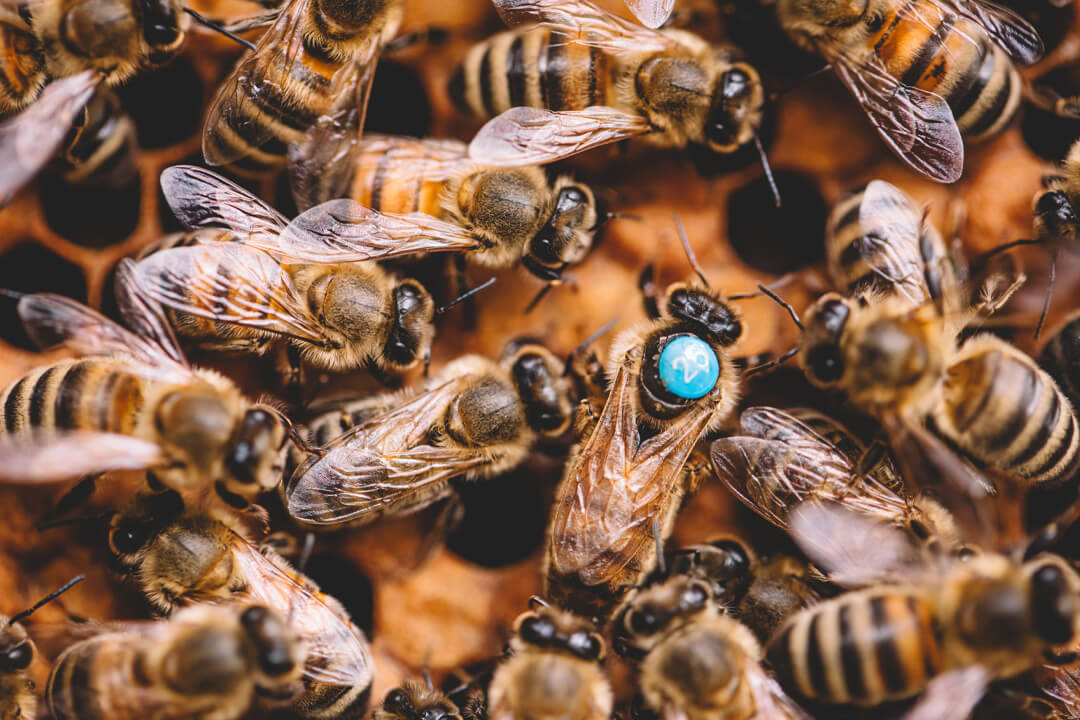
Queen bee
The queen bee is the only sexually developed female in the colony. Her sole purpose is to lay eggs. A healthy queen can lay up to 2,000 eggs per day! This is great to know when you’re setting up your hive, as you’ll need to ensure enough space for the queen to lay her eggs.
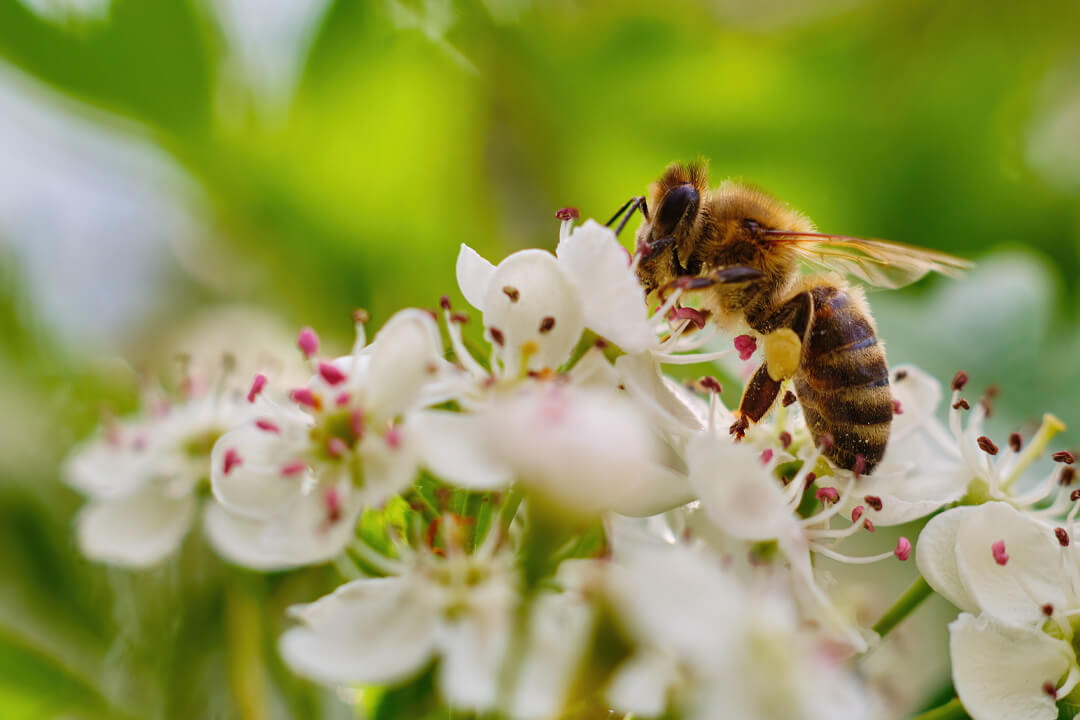
Worker bee
As you might have guessed from their name, worker bees do most of the work in the hive. They’re responsible for everything from building wax comb to collecting pollen and nectar to caring for the young bees. They also tend to follow the queen bee wherever she goes. So make sure you don’t relocate the queen bee too far from her worker bees, or they may have a hard time finding her.
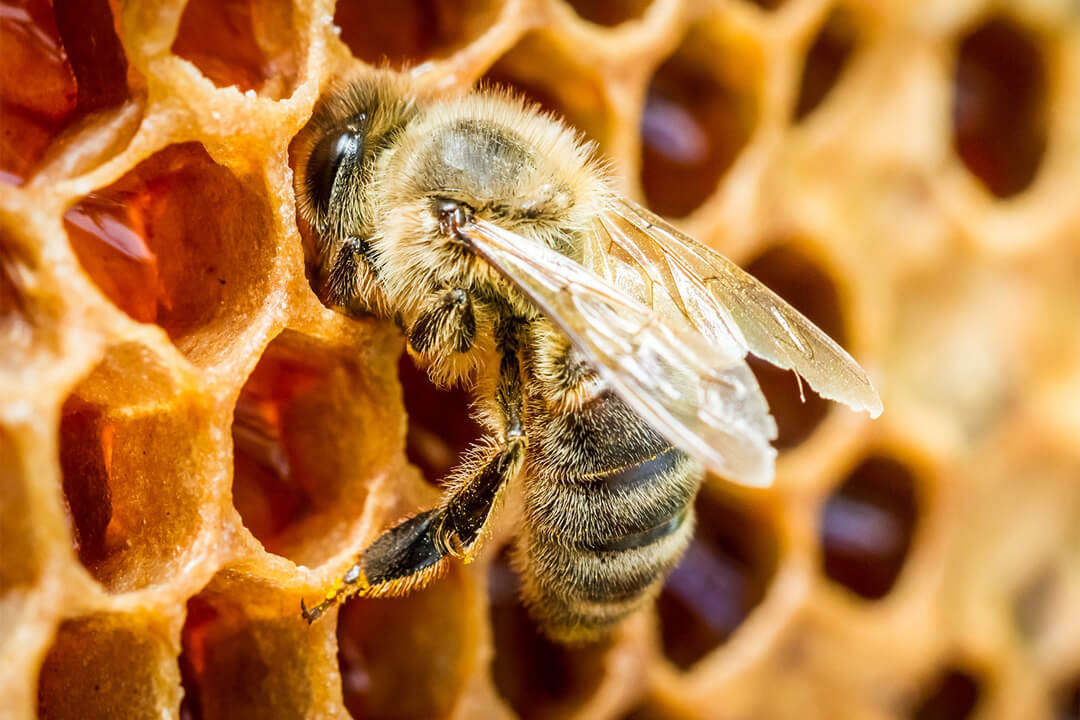
Drone bee
Drone bees are male bees whose job is to mate with new queens. Once they’ve fulfilled their duty, they’re no longer needed and are often pushed out of the hive by the worker bees.
Now that you know a little bit about the different types of bees in a colony, let’s move on to discuss why bees are important.
Why are bees important?
Bees are important because they play a vital role in our environment. They’re responsible for pollinating plants, which helps to produce our food supply. In fact, it’s estimated that 1 out of every 3 bites of food we eat is made possible by bee pollination!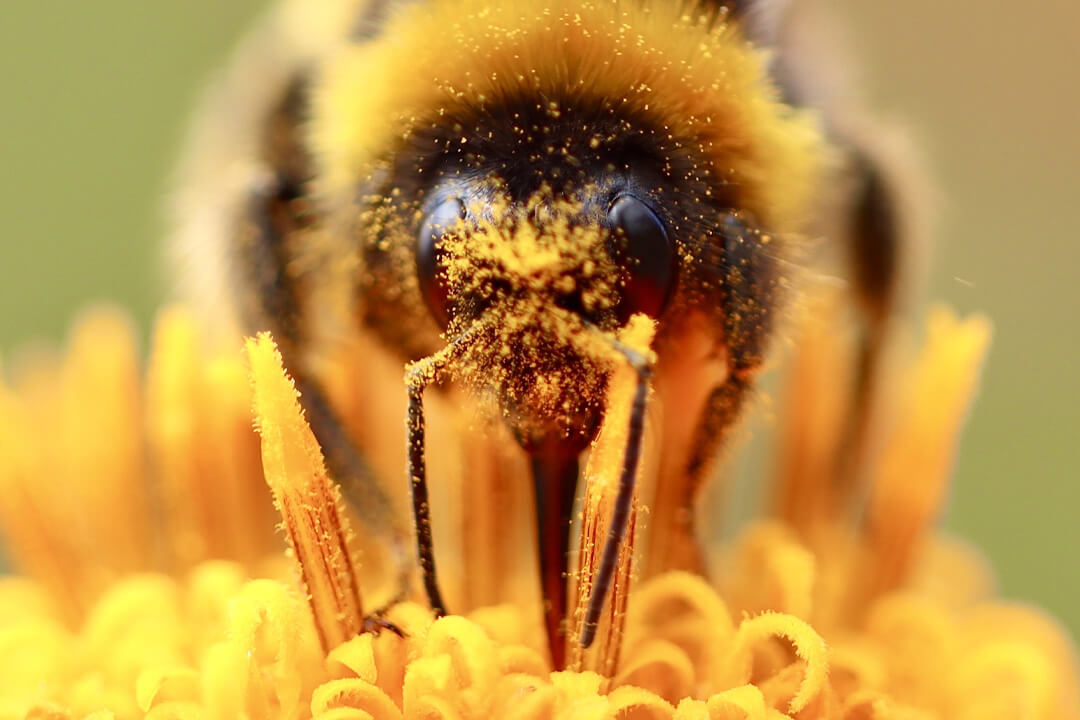 Bee pollination is essential to many fruit and vegetable crops, including apples, almonds, avocados, blueberries, cantaloupes, cherries, cranberries, cucumbers, grapes, melons, nectarines, peaches, pears, plums, raspberries, sunflowers, and watermelons. It also can help flowers, trees, and other plants to grow and thrive.
In addition, bees are important for the honey they produce. Honey has been used for centuries as a sweetener and medicine. It’s still popular today and is used in various ways, from sweetening tea to being used as a natural bandage for wounds. Also, honey can be used as currency. In some parts of the world, beekeepers will trade honey for other goods and services.
Bee pollination is essential to many fruit and vegetable crops, including apples, almonds, avocados, blueberries, cantaloupes, cherries, cranberries, cucumbers, grapes, melons, nectarines, peaches, pears, plums, raspberries, sunflowers, and watermelons. It also can help flowers, trees, and other plants to grow and thrive.
In addition, bees are important for the honey they produce. Honey has been used for centuries as a sweetener and medicine. It’s still popular today and is used in various ways, from sweetening tea to being used as a natural bandage for wounds. Also, honey can be used as currency. In some parts of the world, beekeepers will trade honey for other goods and services.When to start a bee hive
The best time to start beekeeping depends on a few factors, such as the climate you live in and the type of bee you’re keeping. In general, it’s best to start your hive in the springtime when the weather is warm, and there are plenty of flowers for the bees to pollinate.
If you’re keeping European honeybees, you’ll need to purchase a queen bee and some worker bees. The queen bee will arrive in a special cage, and the worker bees will come in a box. It’s best to order your bees in advance so that they arrive when you’re ready to start your hive.
You won’t need to purchase bees if you’re keeping native bee species, such as bumblebees or Mason bees. These bee species are solitary, which means they don’t live in hives. Instead, they nest alone or in small groups. You can encourage native bee populations by creating a bee-friendly garden with plenty of flowers and nesting materials.
It’s important to note that bumblebees do not produce as much honey as honeybees do. However, they are still important pollinators and can be a fun addition to your beekeeping operation.
Also, determine the amount of time you can put into a bee hive before starting. Remember, beekeeping is a commitment. You’ll need to check on your hive regularly and do things like harvest honey and pollen.
Read more: When to Start a Beehive
Learn the art of beekeeping
If you’re serious about beekeeping, learning the basics of bee biology and bee management is important. A good beekeeper needs to understand how bees live, what they need to thrive, and how to prevent and treat common bee diseases.
It’s important to research the best environments for keeping bees before you start your hive. Beekeepers must provide their bees with plenty of space, food, water, and shelter.
There are a few different ways you can learn beekeeping. You can take a beekeeping class, read beekeeping books, or join a beekeeping club. Many beekeeping clubs offer beginner classes and can be a great way to meet other beekeepers in your area.
It also helps to follow experts already in the beekeeping field. In addition, there are several beekeeping blogs and YouTube channels that offer helpful information for beekeepers of all experience levels.
Read more: Best Beekeeping Books to Read
Beehive location – what’s the best spot?
When you’re ready to start your bee hive, the first step is to choose a location. The best spot for your bee hive will be:
- Somewhere with plenty of sunlight
- Sheltered from strong winds
- Near a water source
- Away from areas where pesticides are used
You also need to consider the climate this beehive will be located. For example, if you live in an area with cold winters, make sure the bee hive is located in a sunny spot that will get some afternoon sun to help keep the bees warm.
It’s also important to have a clear path to the bee hive to access it for inspections and honey harvesting easily. The bee hive should be close enough to your house without being too close. A bee hive located near a busy street or sidewalk is not ideal. If you have multiple bee hives, it’s best to locate them at least 10 feet apart. This will help prevent cross-contamination if one of the hives becomes diseased.
You must also consider the long-term when choosing a bee hive location. If you plan to move the bee hive at some point, it’s important to choose a spot that will be easy to access when it comes. For example, a bee hive located in the middle of your backyard is not ideal if you eventually plan to move it to the side of the house.
Read more: Beehive Placement
Protection from outside animals
Keep watch for animals once you set up your bee hive. Bears, raccoons, and other animals are attracted to bee hives because of the honey. It’s important to bee-proof your bee hive to prevent animals from damaging it or getting into the hive.
The best way to do this is to install a bee fence around the bee hive. A bee fence is a simple wire fence that surrounds the bee hive. The wire fence should be at least 5 feet tall and have a small opening at the bottom so the bees can enter and exit.
Once you’ve found the perfect location for your bee hive, you’re ready to start your beekeeping journey!
Know your budget
Before you start beekeeping, knowing how much money you’re willing to spend is important. Beekeeping equipment can be pricey, and there are also ongoing costs, such as bee feed and bee medications.
To get an idea of the start-up costs of beekeeping, check out our beekeeping supplies guide. For ongoing costs, plan on spending around $50 per year on bee feed and $100 per year on bee medications. Also, think about the cost of upkeep for your bee hive, such as painting or replacing damaged bee hive parts.
If you’re not sure beekeeping is for you, consider renting bee hives before you make the investment to buy beekeeping equipment. This way, you can try beekeeping without a long-term commitment.
Once you know your budget, you can start collecting the beekeeping equipment you’ll need to get started. The type of equipment you’ll need will depend on the type of bee colony you’re keeping.
Read more: Beekeeping Budget
Choosing a hive type
Knowing which hive you would like is important because it will affect the beekeeping equipment you need to purchase. No matter which hive type you choose, it’s crucial to research the bee hive before you make a purchase.
There are a few different types of bee hives to choose from. The most popular types are:
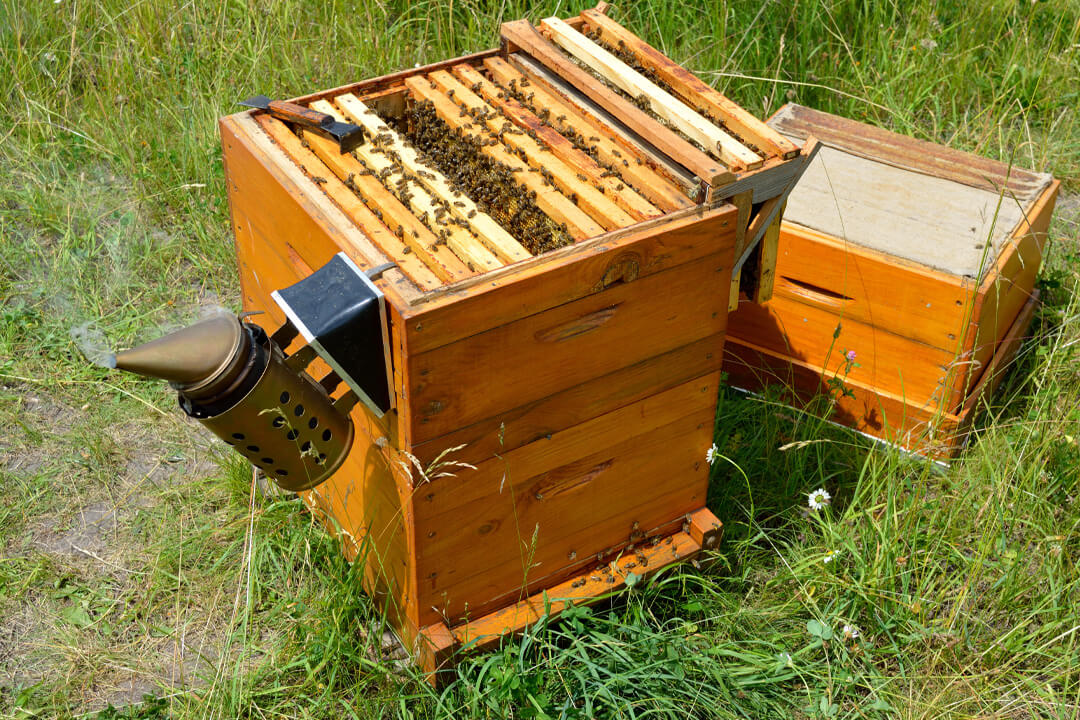
Langstroth hive
The most common type of bee hive. They’re easy to use and offer a good balance of bee space and storage space.
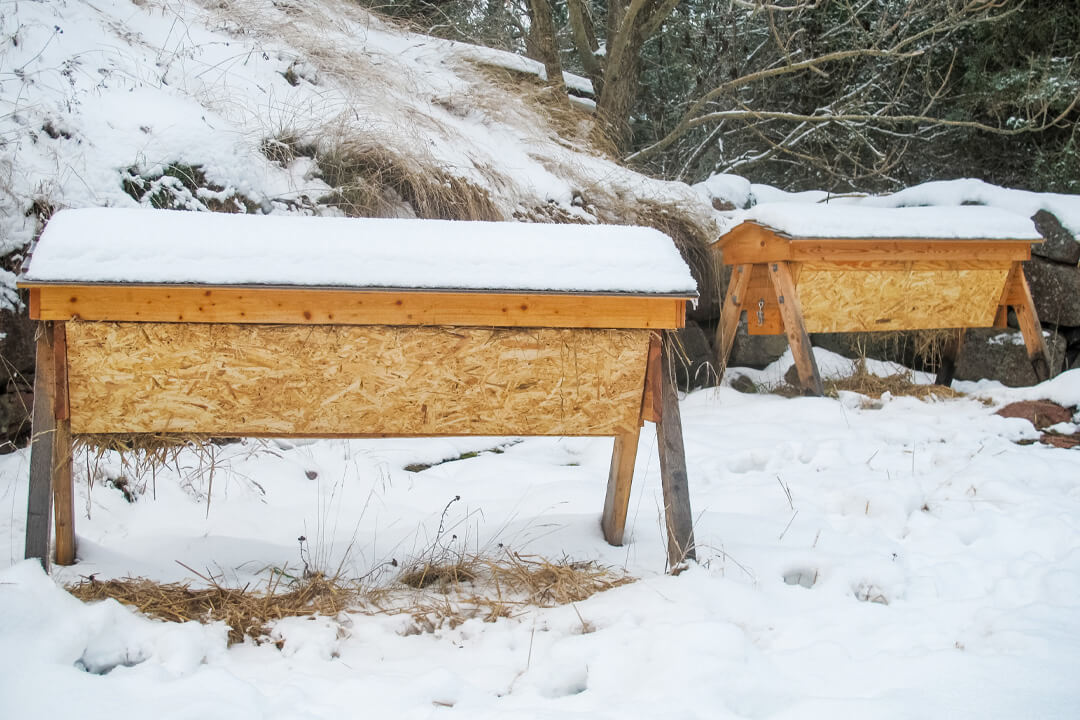
Top-bar hive
Less common but are gaining popularity among beekeepers. They’re simple to build, and many beekeepers find them more natural for the bees.
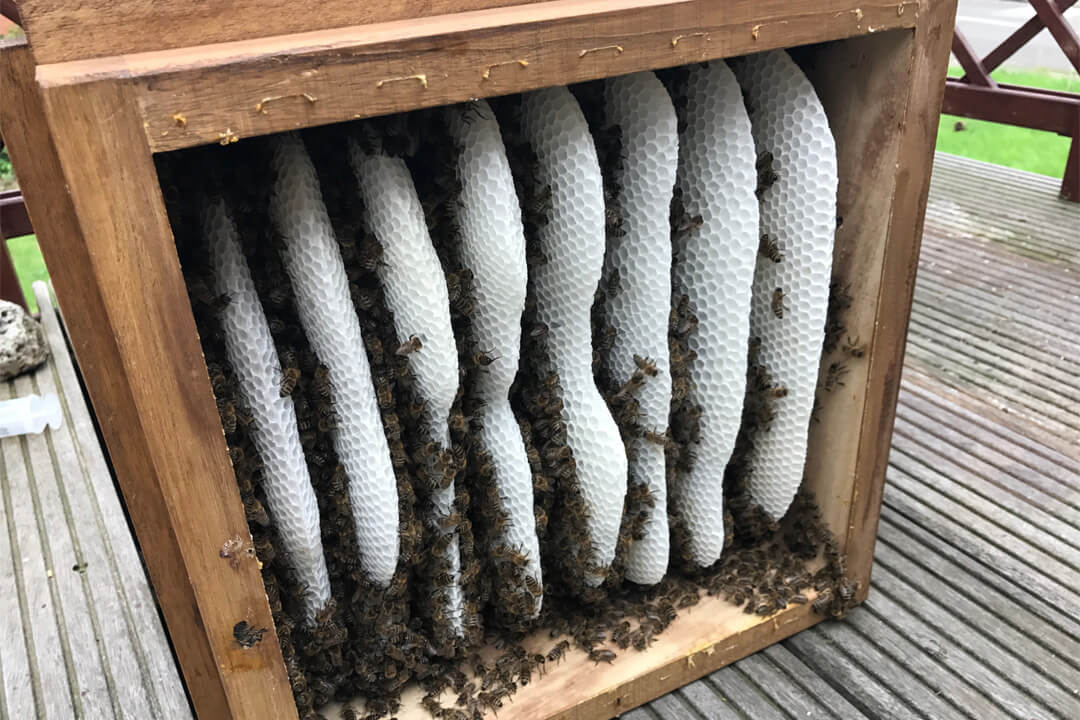
Warré hive
Vertical top bar hive rather than a long flat top bar hive. No panels or frame sheets in identically sized stacked boxes. Bees construct honeycomb from vertical slats placed within each box.
You also need to decide how many bee hives you want to keep. The average beekeeper has two to three bee hives. But, if you’re just starting out, it’s best to start with one bee hive and see how you like beekeeping before adding more hives.
Read more: Types of Beehives
Purchasing your bees
If you’re keeping European honeybees, you’ll need to purchase a queen bee and some worker bees. The queen bee will arrive in a special cage, and the worker bees will come in a box. It’s best to order your bees in advance so that they arrive when you’re ready to start your hive. There are lots of websites available that sell bee packages. An average queen bee can cost around $40, and a bee package can cost around $100.
You won’t need to purchase bees if you’re keeping native bee species, such as bumblebees or Mason bees. These bee species are solitary, which means they don’t live in hives. Instead, they nest alone or in small groups. You can encourage native bee populations by creating a bee-friendly garden with plenty of flowers and nesting materials.
Read more: Where to Buy Honeybees
Beekeeping tools & supplies
In addition to bee hives, there are a few other beekeeping tools and supplies you’ll need to get started. These include:
- A bee suit or veil: This is important for protecting yourself from bee stings.
- A smoker: This is used to calm the bees when you’re working in the hive.
- A hive tool: This is used for opening and closing the hive, removing frames, and breaking up honeycomb.
- An uncapping fork: This is used for removing the wax caps from the honeycomb so that the honey can be extracted.
- Extraction equipment: This is used for extracting the honey from the comb. You’ll need an extractor, strainer, and storage containers.
You can purchase beekeeping supplies online or at a local beekeeping store, or online. It’s best to get advice from beekeeper experts before trying out any of these tools, as they can be dangerous if misused. You can also save money by buying used beekeeping equipment or beekeeping supplies in bulk.
Read more: Beginner Beekeeping Supplies Guide
Protective beekeeping suit & clothes
When beekeeping, it’s important to protect yourself from bee stings. The best way to do this is to wear a bee suit or veil. Bee suits are made from thick fabric and have a hood that covers your head and face. Bee veils are less common but offer better ventilation. They cover your head and face but leave the rest of your body exposed.
In addition to a bee suit or veil, you should also wear gloves when handling bees. Leather gloves offer the best protection, but any type of glove will do. Avoid wearing loose clothing when beekeeping, as bees may become entangled in the fabric and be injured.
If you end up getting stung by multiple bees, you should seek medical attention immediately. Some beekeepers are allergic to bee stings and can go into anaphylactic shock. If you have any bee allergies, carry an EpiPen with you when beekeeping.
Read more: Beekeeping Protective Clothing Guide
Setting up the hive
Once you have your beekeeping equipment, it’s time to set up the hive. This can be done by following these simple steps:
1. Location
Choose a location for your hive. It should be in a sunny spot with good drainage and close to a water source.
2. Assemble
Assemble your bee hive according to the manufacturer’s instructions. This is usually done by snapping together the hive body and frames. Place the bee hive on a stand or table. This will make it easier to work with the hive and protect it from predators. If you’re using a bee package, you’ll need to open it and release the bees into the hive.
3. Ventilate
Make sure to do this in a well-ventilated area so that the bees don’t escape. Check on your hive regularly after installing bees to make sure they are doing well.
4. Installing the bees
Installing a bee package in the hive can be done by following the manufacturer’s instructions or by hiring a professional beekeeper. If you want to do it yourself, make sure to read beekeeping books or online resources first. Once the bee colony is installed, you should check on it regularly to make sure the bees are doing well. You’ll also need to harvest the honey when it’s ready. There are always different methods to doing this, so it’s best to just follow the instructions given to you.5. Control pests
You should also check for pests and diseases. If you notice anything wrong, contact a beekeeping expert for help.
6. Monitor
Monitor the bee colony regularly to make sure they’re healthy and producing honey.
6. Harvest the honey! ?
After your bees have had time to build up their honeycomb, you can start harvesting honey. To do this, you’ll need to open up the hive and remove the frames of honeycomb. These can then be placed in an extractor, which will spin the honey out of the comb.
After the honey is extracted, it can be strained and stored in jars or other containers. Beekeeping is a rewarding hobby that can produce delicious honey. With a little bit of effort, anyone can become a beekeeper.
Read more: How to Set Up Your Beehive
Manage your bee colonies
Maintaining your bee colonies is an important part of beekeeping. This includes monitoring the bees for disease, inspecting the hives regularly, and providing the bees with enough food (nectar and pollen).
Harvesting honey is also an important part of beekeeping. This should be done when the honey is ripe, which is typically in late summer or early fall. You can then strain the honey to remove any impurities and pour it into storage containers.
Glass jars are a good option because they won’t absorb the honey’s flavor. Do you want to sell your honey? Give it away to friends and family? Or just keep it for yourself? Then the rest is up to you!
Starting beekeeping can seem like a daunting task, but it’s really not that difficult once you get the hang of it. With a little bit of know-how and the right supplies, you can be a beekeeper in no time!
Read more: How to Manage a Bee Colony
Conclusion
Beekeeping is a fun and rewarding hobby. It’s also a great way to produce your own honey. If you’re interested in beekeeping, make sure to do your research and purchase the right supplies. With a little bit of effort, you can be a beekeeper in no time! After reading this guide, you should have a good understanding of how to start beekeeping.
You now know what beekeeping equipment you need, how to set up the hive, and how to install the bee colony. You also know how to monitor the bee colony and harvest honey.
So what are you waiting for? Get started today and enjoy the sweet taste of success!

